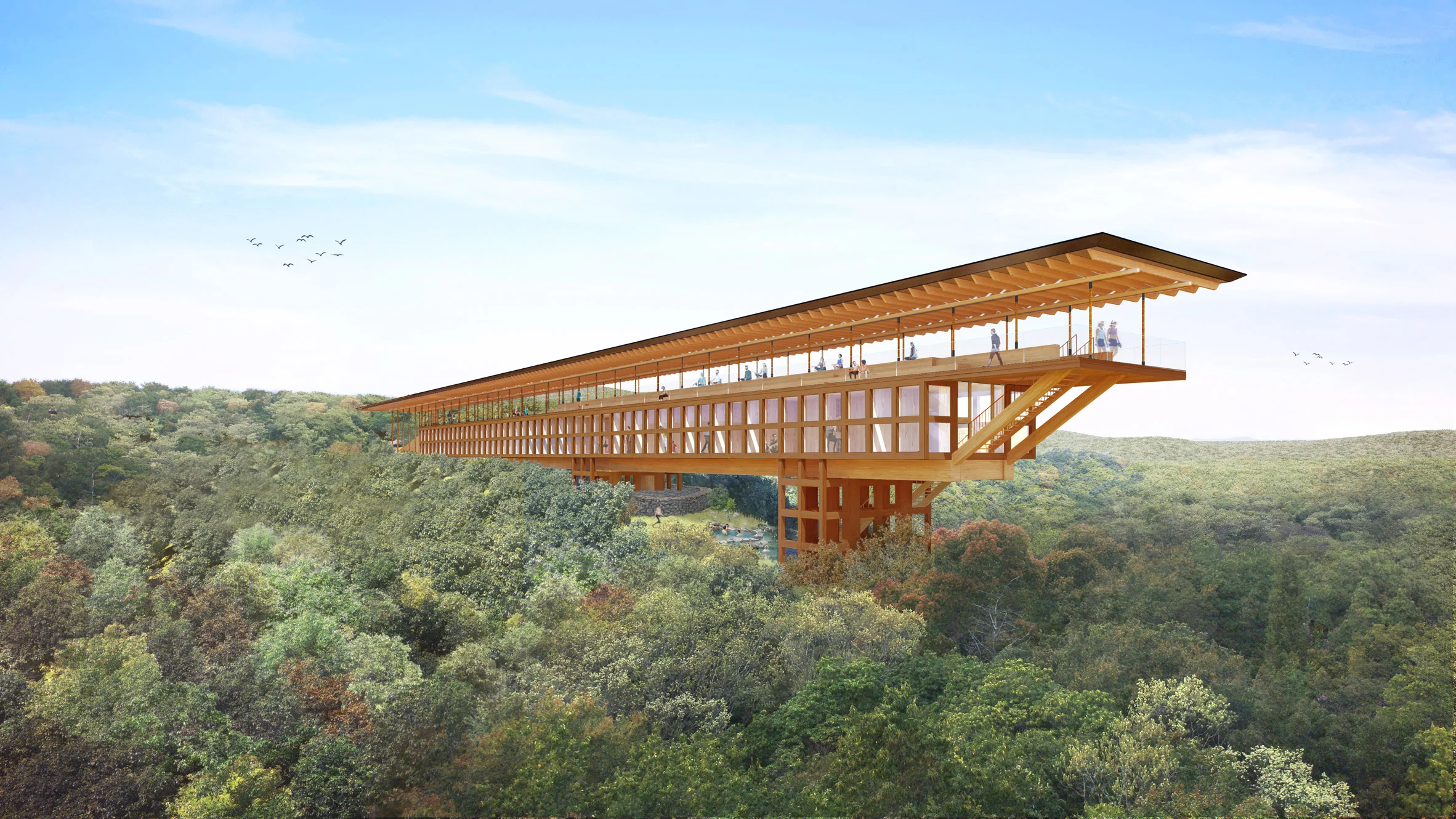The unfortunate truth is that, even after decades of women fighting for an equal playing field in the work environment, the age old battle still seems to be on going. This seems to be even more prevalent in the architectural field.
The world of architecture is demanding, to make it worse for women, it is still considered to be a male dominated field prevalent in the staggering statistics. Studies have found that there are almost equal amounts of male and female students studying architecture, however, the numbers drop in the work industry. Archdaily reports that in Australia, whilst there is an equal amount of male and female architecture students, only 20% of women register as professional practising architects. The same can be found in America where only 23% of women go on to become registered professional architects whilst architecture schools in America comprise of 40% female students. These staggering statistics show that there clearly is a discrepancy between male and female architects in the profession.
So what’s causing this massive gap in the industry? The answer to this question is vast and varies. Men and women are usually classified in the same categories and this seems to pose as the major contributing factor to extending the gap in the industry and seems to perpetuate it. The Parlour research team put together a comprehensive set of findings that could explain reasons behind women not being practising as architects after graduating from architecture school.
Parlour has come up with 11 rules that are a guide to achieving equality in the profession for men and women. Each topic elaborates on the issue at hand, reasons for the issue and possible solutions. The guidelines created by Parlour were originally for Australian women within the architectural profession but its simplicity and distinction can be applied to women around the world.(archiparlour.org;2014)
This article intends to give a brief breakdown of the 11 rules to all the female readers (and cognizant male readers) who need to understand their rights in the industry, whether it’s choosing between flexible hours to balance work and a family or planning to make senior partner in a firm.

Parlour Guides to Equitable Practice
PAY EQUITY:
Whilst equal pay for most genders is regarded as the law, there are discrepancies in payment for the different genders in some cases. This law just provides a suitable standard to abide by to accommodate and commensurate the hard efforts and skill of both genders in the profession.
LONG HOURS:
Architects do not understand the concept of a “9-5”job. Insane working hours seem like part and parcel of the profession. However, many women cannot accommodate the long hours or rather the fixed nature of deadlines. Parlour has included the topic of long hours to encourage management of workload and spaces.
PART TIME WORK:
Many times the definition of an architect can be loosely translated as “person with no social life”. Thanks to Parlour, this no longer has to be the case as it accommodates for the concept of allowing people and especially women, to hold jobs that allow them the freedom of juggling both a family life and a career.
FLEXIBILITY:
This is an extension of the previous points mentioned above as flexibility in work hours and job description aids in women being able to manage their family life and responsibilities with being working mothers. Flexibility is a concept that most corporates are moving towards for both genders as it alleviates the pressures of travel time (traffic congestion) or maybe even accommodate a second job (if that’s even possible with architecture).
RECRUITMENT:
This guide advises on good recruitment processes that are beneficial to both the employer and employee resulting in happier work environments, including people in the profession from all levels.
CAREER PROGRESSION:
We all have goals… and chances are, they are not the same. Women and men have different goals and career trajectories that need to be considered and advise upon. What these rules have done, is highlight the fact that architecture is a multi- faceted career path that can produce professionals with different skills sets all under the branch of architecture and allows people to grow in their own chosen path to their own benefit and liking, and not in a way that a company enforces or sees fit with its own profile rather than employee individuality.
NEGOTIATION:
In all honesty, women cannot negotiate! We are either head strong or complete push overs. This provides a platform to learn the art of negotiation to further your career whilst still being a beneficial composite to a company.
CAREER BREAKS:
This could possibly be the most important point of all 11 for women. Most women take time out to follow their personal lives. To be an architect should not mean that one has to choose between having a career or a family/ personal life and that’s what these rules advocate. The rules assist both the employer and employee in a collaborative way, to manage a break and how to successfully return from such a break without feeling overwhelmed.
LEADERSHIP:
This guide addresses the fact that most leadership roles are male dominated in this industry and the obstacles that women face to attaining these positions of seniority. It suggests ways for employers to assist and support women in these roles as well as how to move towards promoting more women into senior levels.
MENTORING:
It’s no secret, women love to talk and in cases of inequality, it’s always helpful to talk to someone for guidance. The guide highlights the benefits of mentorships and building relationships such as support groups of female architects within the profession to help each other through tougher situations that need advising or just even experience.
REGISTRATION:
The guide aims to achieve more women registering as professional architects. This guide aims to assist women through the tough challenges that they face in order to register by creating strategies on how to manage the obstacles that hamper them from attaining their full qualification.
References:
1- “Parlour Guides to Equitable Practice” Justine Clarke, May 2014 (Accessed 19 Feb 2015. ) http://archiparlour.org/parlour-guides/
2- “Let’s Talk About Sex: Women in the world of architecture” Cathleen McGuigan, June 2013 (Accessed 19 Feb 2015. ) http://archrecord.construction.com/community/editorial/2013/1306.asp
By Zakeeya Kalla





